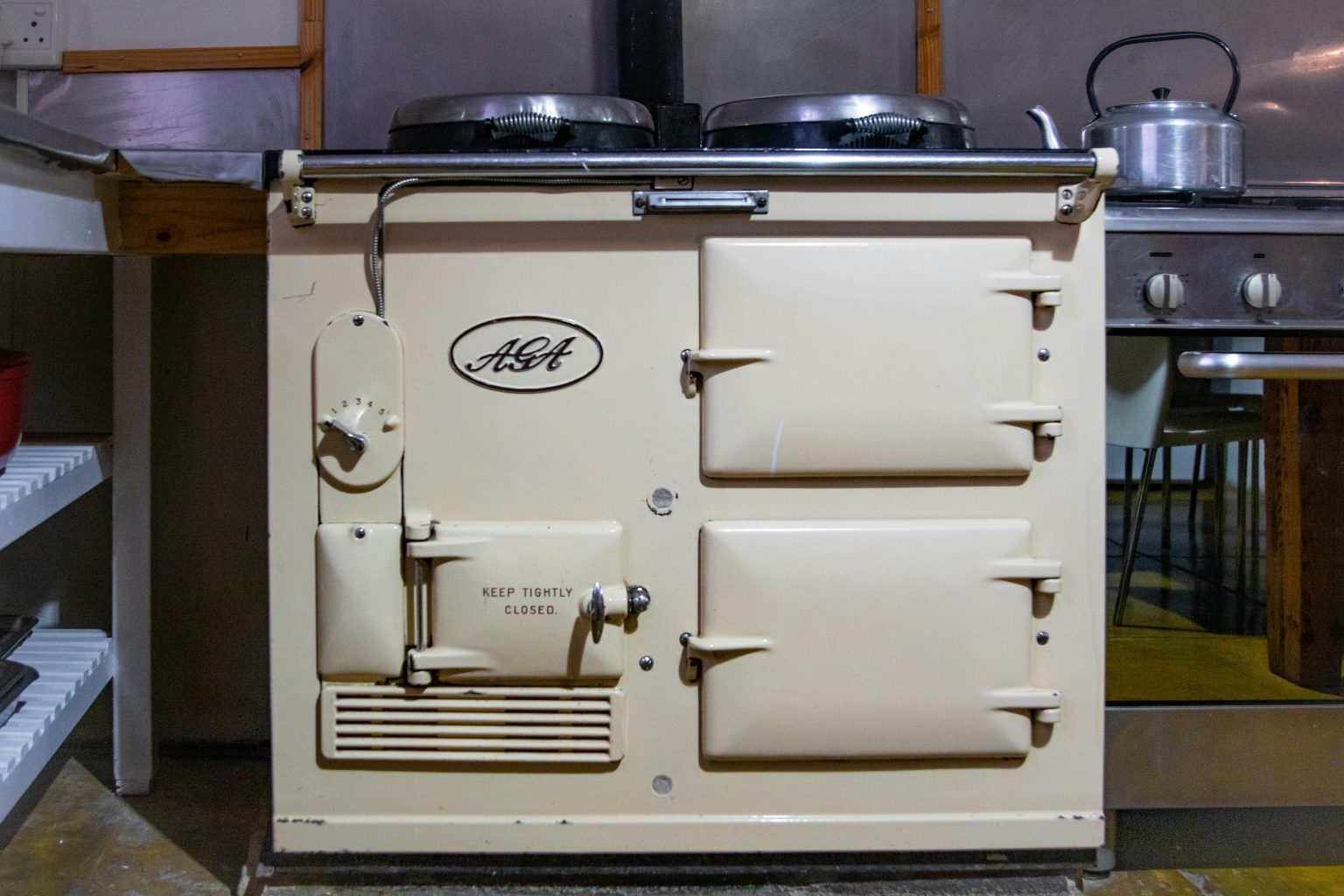There’s something undeniably charming about a traditional AGA cooker. Its iconic cast-iron finish, timeless design, and gentle radiant heat evoke images of cosy kitchens, Sunday roasts, and slow-cooked stews. But while these classic ranges hold a beloved spot in the hearts of home chefs, many food lovers are now looking for ways to blend that nostalgic look with the convenience and efficiency of modern living.
Enter the upgrade everyone’s talking about: the Aga electric conversion.
Why the Traditional AGA Still Captures Hearts
For decades, the AGA has been the centrepiece of many country-style and family kitchens across the UK. With its distinctive presence and unique cooking method – relying on radiant heat stored in heavy cast-iron ovens – it brings a warmth and comfort that’s hard to replicate.
But despite its charm, the traditional fuel-burning AGA has its limitations. Oil and gas models can be costly to run, lack flexibility, and often remain on constantly, generating heat even when not in use – a nostalgic quirk that doesn’t always align with today’s focus on energy efficiency.
The Modern Solution: Retain the Character, Upgrade the Core
Rather than saying goodbye to these classic cookers, more foodies are opting for an Aga electric conversion. This solution retains the iconic look and feel of your AGA while updating its internal systems for better performance, lower running costs, and easier control.
Here’s why it’s become the upgrade of choice for culinary enthusiasts and design lovers alike:
- Greater Energy Efficiency
An electric AGA can be turned on and off as needed, rather than running continuously. This not only helps reduce energy bills but also makes it easier to adapt the cooker’s usage to different seasons. No more sweltering kitchens in summer or wasting energy during off-peak times.
- Modern Controls Without Losing Character
With an electric system in place, you get precise control over oven temperatures and timing, giving you the performance of a contemporary cooker while preserving the unmistakable character of your AGA. It’s where vintage style meets modern convenience.
- Faster Warm-Up Times
Traditional AGAs can take hours to reach optimal cooking temperatures. Electric versions warm up quicker, meaning you spend less time waiting and more time cooking. This responsiveness makes it practical for everyday use – not just weekend roasts.
- More Sustainable Living
Many homeowners are moving away from fossil fuel-based appliances in favour of cleaner, electric alternatives, especially when paired with green energy sources like solar panels. An electric AGA aligns beautifully with this shift towards a more eco-conscious lifestyle.
- Preserving the Heart of the Home
For many families, the AGA is more than just an appliance. It’s where pets nap, where tea is brewed, and where generations have gathered. A conversion allows homeowners to hold onto this beloved focal point without compromising on practicality or sustainability.
Why Foodies Are Leading the Charge
Cooking enthusiasts love the radiant, even heat an AGA provides. Whether baking bread, simmering sauces, or slow-roasting meat, the results are second to none. But the added control, efficiency, and reliability of an electric system take that love to a new level, making the kitchen experience smoother, faster, and more enjoyable.
Foodies want appliances that match their passion and pace, and an upgraded AGA delivers both in style.
The Future of Timeless Kitchens
As kitchen design continues to evolve, the blend of heritage and innovation is becoming a central theme. From retro-inspired fridges to vintage light fixtures with smart features, homeowners are choosing to honour the past while embracing the future.
An Aga electric conversion embodies this philosophy perfectly. It’s an investment that offers the best of both worlds, ensuring your beloved AGA remains the heart of the home, now powered for the future.
So, if you’re a home chef or design enthusiast looking to elevate your cooking space without sacrificing its soul, this could be the upgrade your kitchen has been waiting for.



